A Russian and a Ukranian photographer spend a month in Paducah, Kentucky, to create a portrait of an artist community.
The idea to do a project in small-town America came to me and Arthur after reading an article about the Paducah Arts Alliance. We had never been to that part of the world before and the city amazed us in many ways. There was an ice storm when we arrived, so the entire area seemed abandoned. But we didn’t feel alone because people were so welcoming.
Fourteen years ago, the city of Paducah in Kentucky started the Artist Relocation Program. Now a national model for using arts for economic development, it allowed artists to move into dilapidated housing at little cost (often as low as $1). Over time, people used art to renovate the city and to create new life.
We arrived in early March for a month-long residency. We explored the region with two bicycles and every day brought us a new friend or a new idea. We met the artists in their houses and studios, visited antique shops, spent hours talking with our new friends, and made things with our hands. Finally, we had the idea of creating a symbolic portrait of Paducah.
My approach was to show the place through the artists who live there, as well as their houses and the landscape. For the final show that took place in the Ruth Baggett Gallery, I also asked people to write down what art is to them. Arthur combined old tintype portraits that he bought in local antique shops with Polaroid pictures. He looked at the past and the present, finding many parallels between people today and those who lived there more than 100 years ago. The viewer can look for them as well.
After a month, leaving Paducah was like leaving a family. Though they all come from different regions and do their own things, these creative people built a community that helps the city. Arthur and I felt that we had become a part of that community, at least for a while. Our final show gathered so many people that the gallery’s parking lot (and it’s a big one) was full just an hour after the opening. Success, you might say. But not only. It was a family meeting.
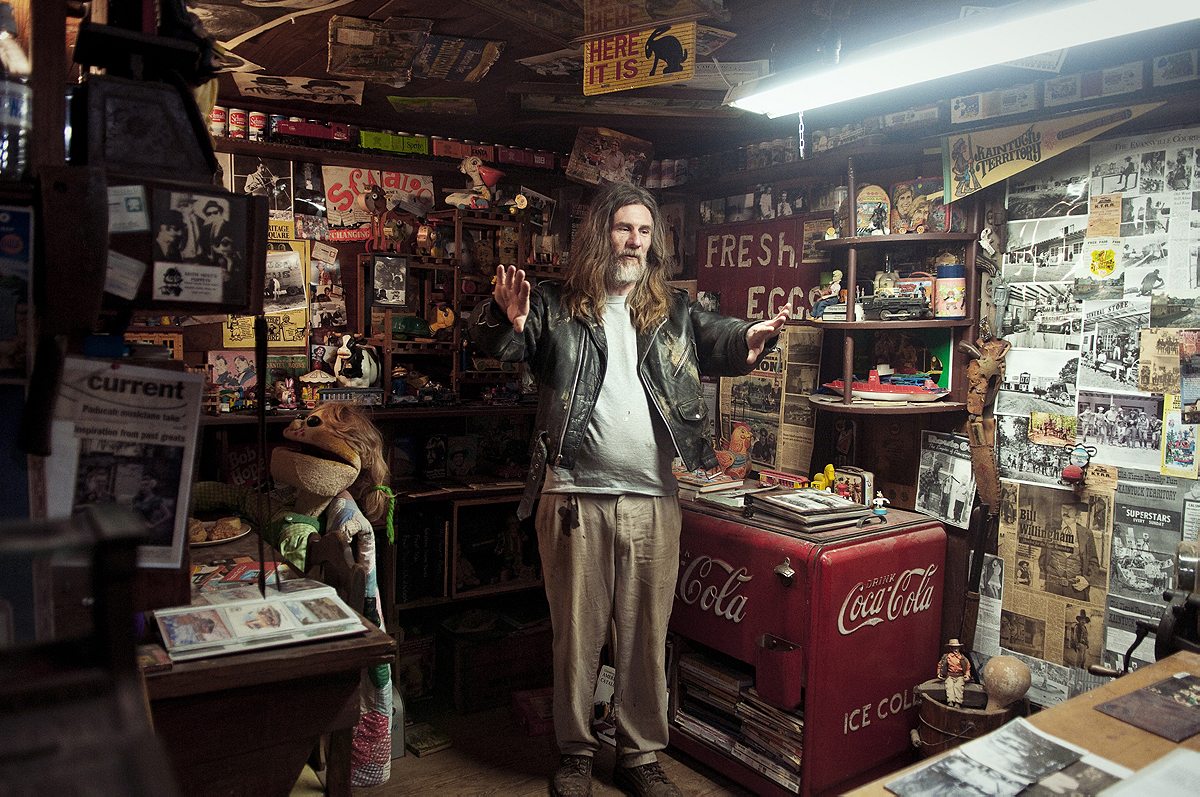
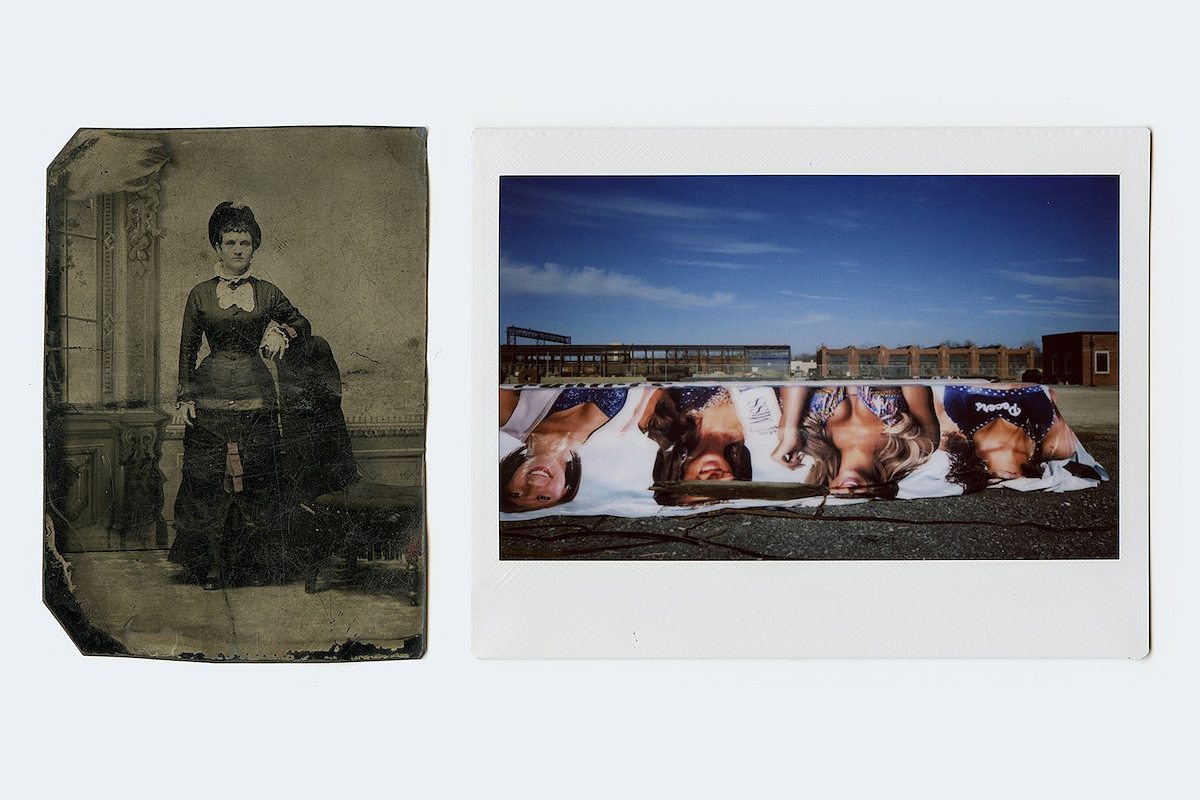

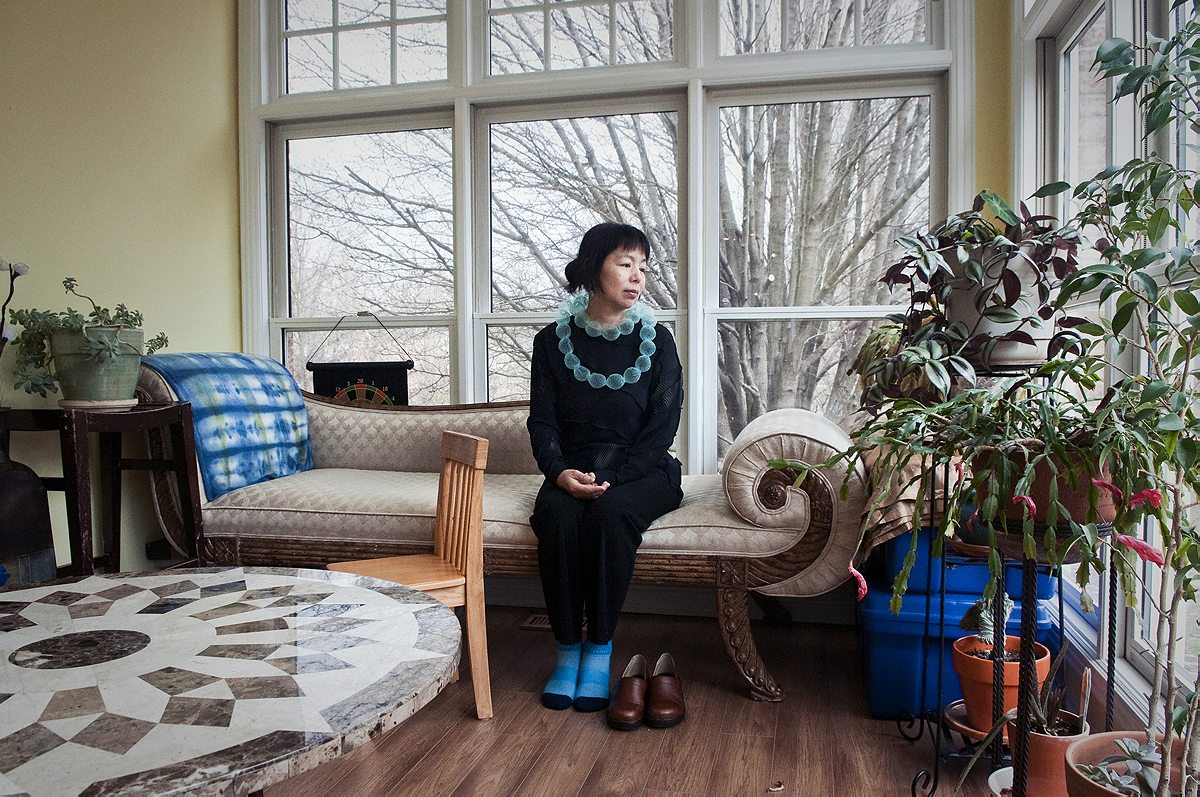

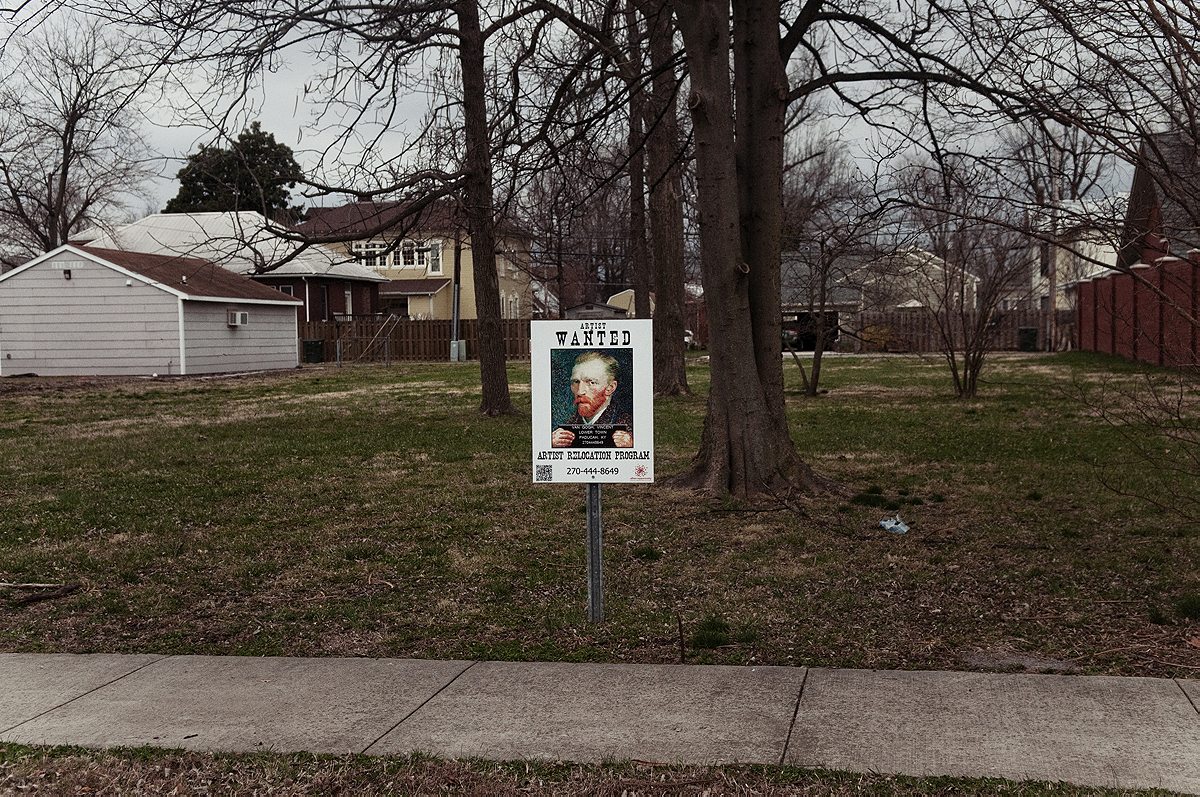
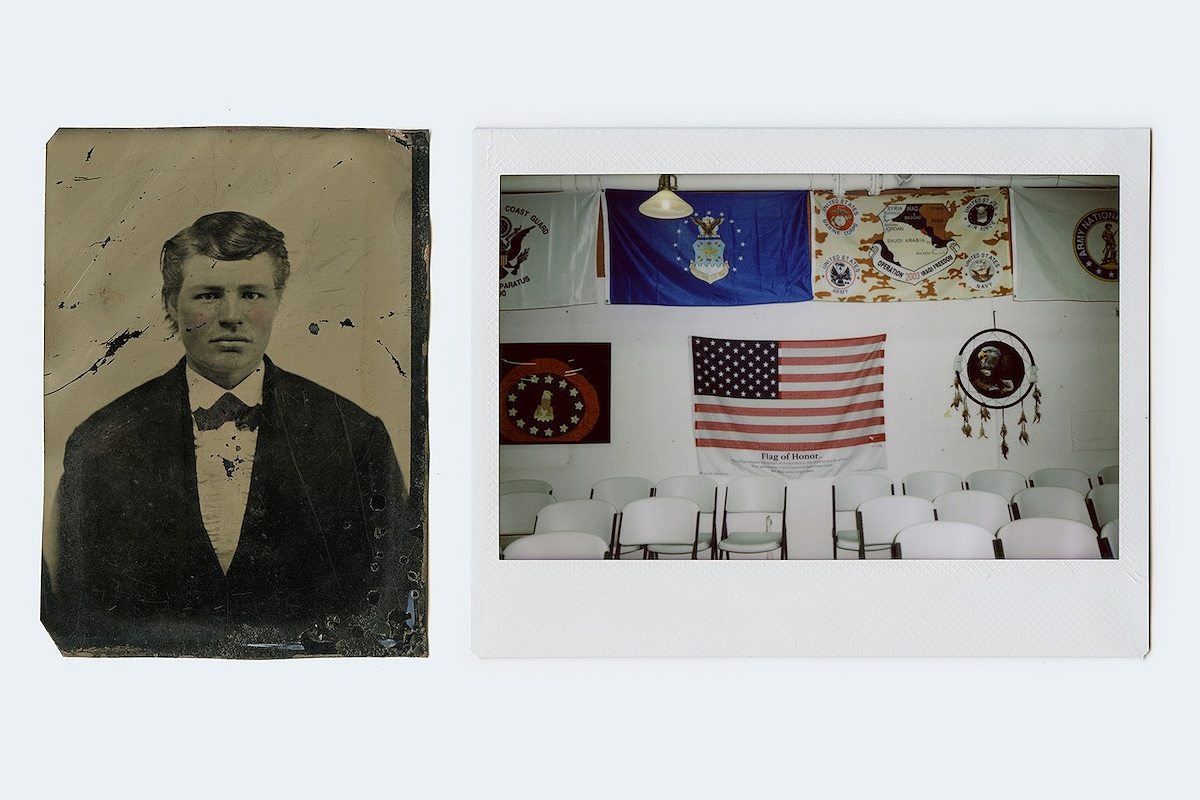
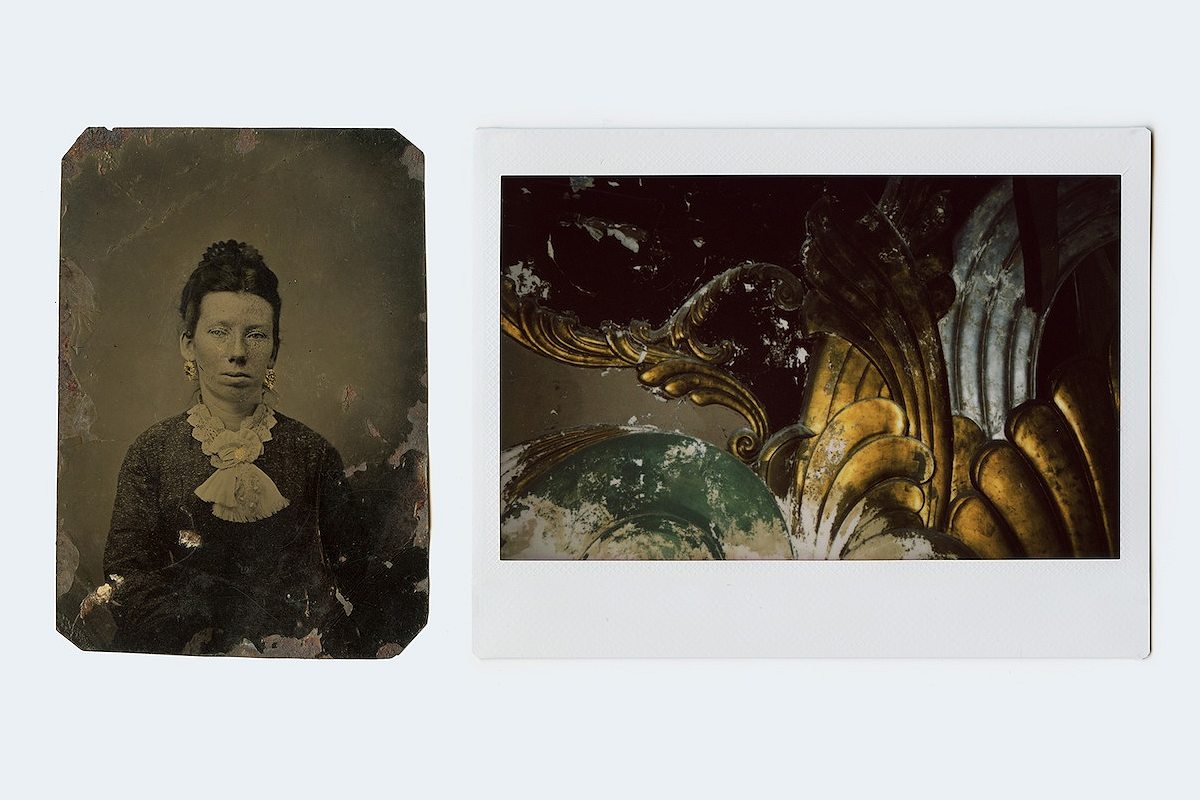


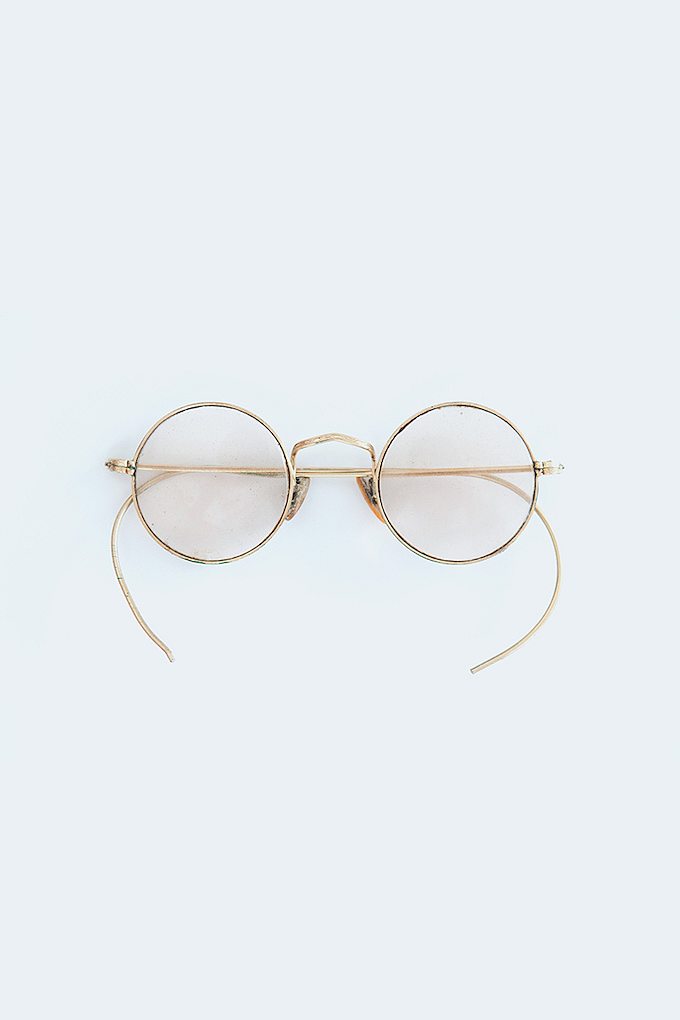
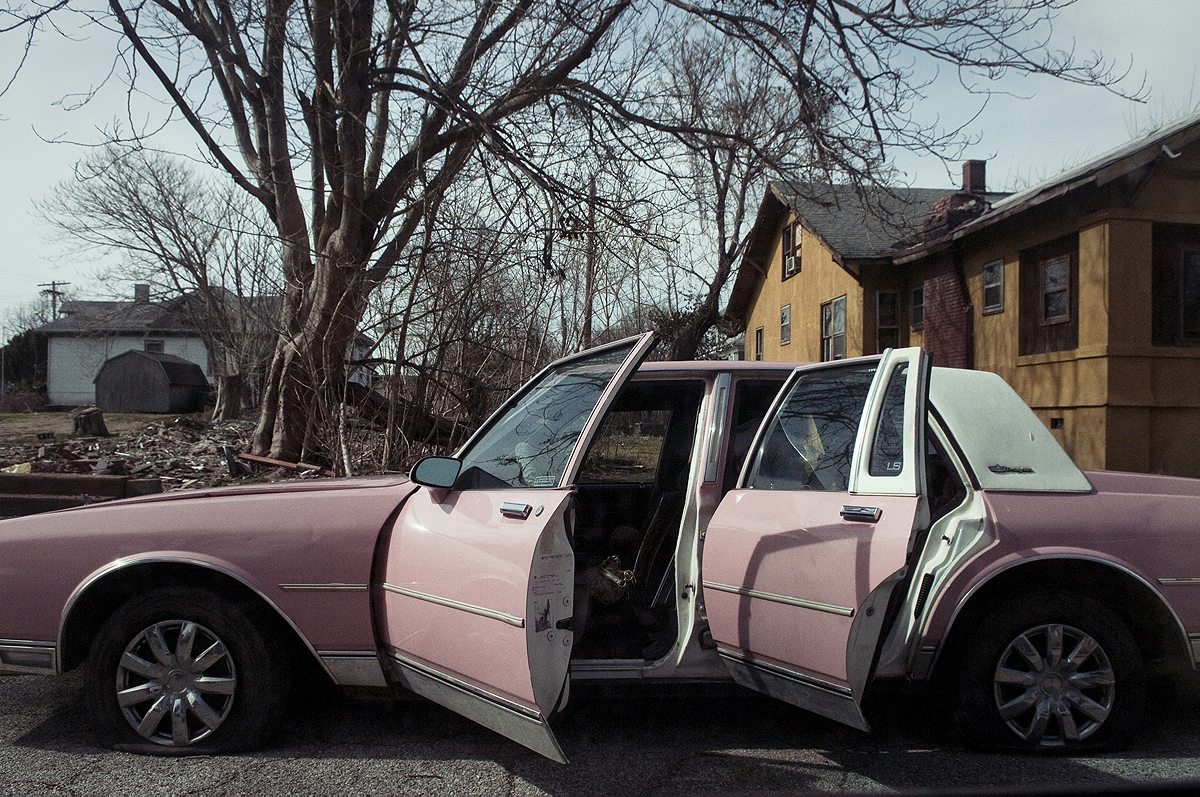
To see the full projects, visit Oksana Yushko’s website and Arthur Bondar’s website.